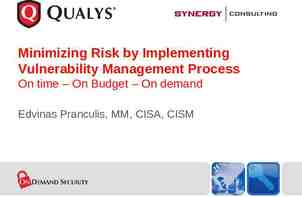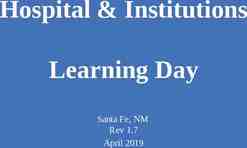Migration: Why do people Migrate?
11 Slides1.00 MB
Migration: Why do people Migrate?
Vocab Cyclic Movement: movement that has a closed route and is repeated seasonally or annually Nomadism: movement along a definite set of places Activity Space: with in which daily activity occurs Transhumance: a seasonal periodic movement of pastoralists and their livestock between highland and lowland pastures Periodic Movement: movement that involves temporary, recurrent relocation, ex. Military, college students Place Utility: the usefulness of a place Space-Time Prism: A diagram of the volume of space and the length of time within which our activities are confined
Ravenstein’s Laws of Migration (1889) 1. 2. 3. 4. 5. 6. 7. 8. Most migrants move only a short distance. There is a process of absorption, whereby people immediately surrounding a rapidly growing town move into it and the gaps they leave are filled by migrants from more distant areas, and so on until the attractive force [pull factors] is spent. There is a process of dispersion, which is the inverse of absorption. Each migration flow produces a compensating counter-flow. Long-distance migrants go to one of the great centers of commerce and industry. Additional Laws Natives of towns are less migratory than those from rural areas. Females are more migratory than males. Economic factors are the main cause of migration.
Ravensteins Laws -restated 1. Most migrants go only a short distance. 2. Longer-distance migration favors big city destinations. 3. Most migration proceeds step-by-step. 4. Most migration is rural to urban. 5. Each migration flow produces a counterflow. 6. Most migrants are adults. 7. Most international migrants are male. (Fellman 87)
Zelinsky’s Theory of Migration Phase one – (“Premodern traditional society”): – This is before the onset of the urbanization, and there is very little migration. – Natural increase rates are about zero. Phase two – (“Early transitional society”): – There is “massive movement from countryside to cities. as a community experiences the process of modernization”. – There is “rapid rate of natural increase”. Phase three – (“Late transitional society”): – This phase corresponds to the “critical rung.of the mobility transition” where urban-to-urban migration surpasses the rural to- urban migration, where rural-to-urban migration “continues
Zelinsky’s Migration Theory (con’t) Phase four – (“Advanced society”): – The “movement from countryside to city continues but is further reduced in absolute and relative terms, vigorous movement of migrants from city to city and within individual urban agglomerations.especially within a highly elaborated lattice of major and minor metropolises” is observed. – There is “slight to moderate rate of natural increase or none at all”. Phase five – (“Future superadvanced society”): – “Nearly all residential migration may be of the interurban and intraurban variety .No plausible predictions of fertility behavior,. – a stable mortality pattern slightly below present levels”.
Push/Pull Factors Everett Lee’s Push/Pull Theory (1960’s) Economic Few job opportunities Jobs are available Cultural Freedom; democracy Forced migration; slavery; political instability Environment Physically attractive Hazardous areas
Gravity Model Distance Decay – interaction between two places decreases as the distance increases. Gravity Model – predicts the interaction between two bodies as a function of their size and distance I Pa Pb Dab2
Migration to California Figure 4.6 (p. 95)
Intervening Opportunity Model aka Intervening Obstacles (can also be natural barriers)
Lee’s Push/Pull Model
















